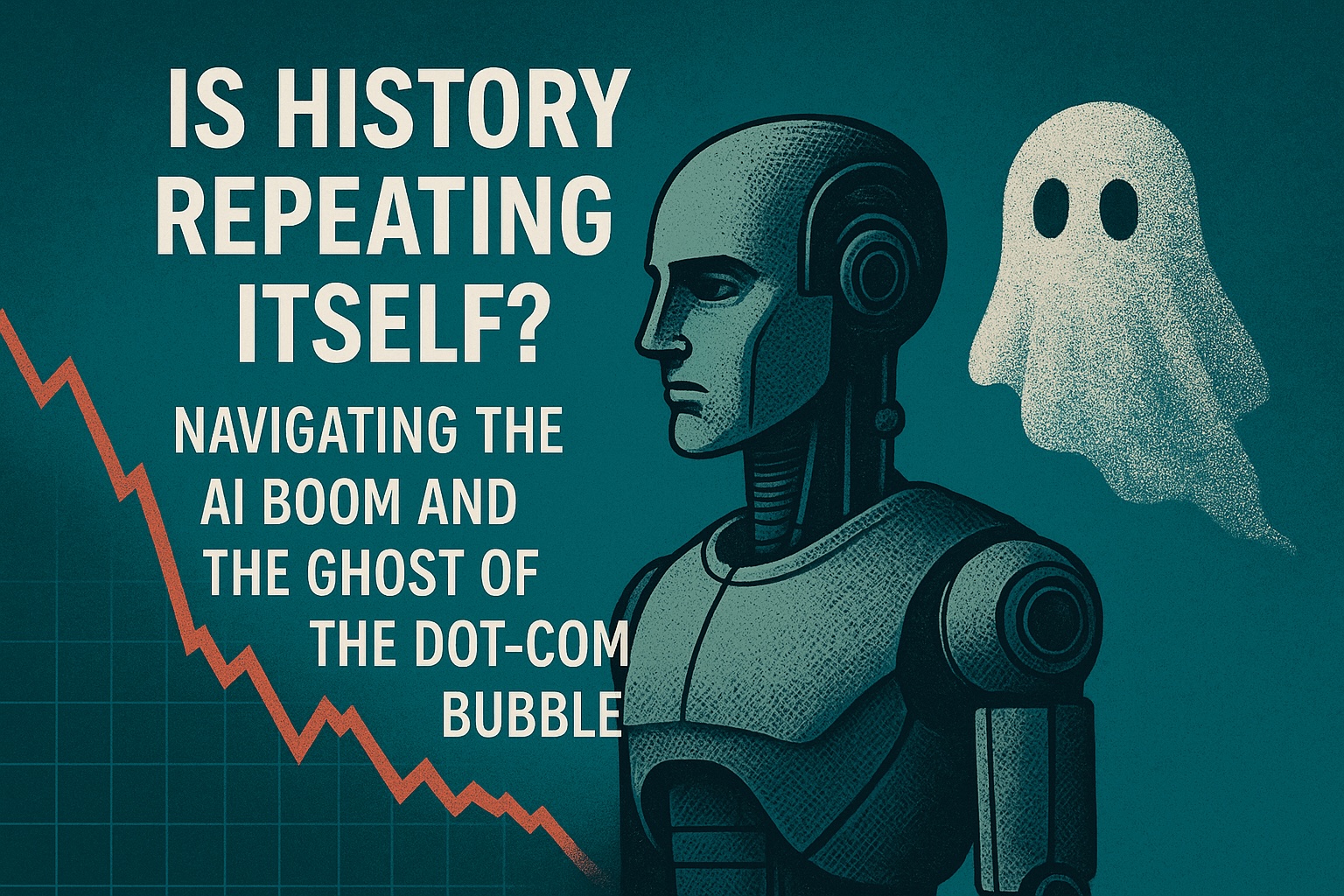There’s a certain electricity in the air right now, a feeling that we’re on the cusp of something monumental. Artificial intelligence isn’t just a buzzword anymore; it’s reshaping industries, powering tools we use daily, and driving a staggering amount of investment. But for anyone who remembers the turn of the millennium, this frenetic energy feels familiar. It carries an echo of the past, a whisper of the dot-com boomand its spectacular bust. When a prominent economist warns that the current AI frenzy might be even more detached from reality than the 1999 bubble, its not just fear-mongering; its a crucial invitation to pause, reflect, and look a little deeper.
The Specter of 1999
To understand the warning, we have to recall the atmosphere of the late ’90s. It was a time of unbridled optimism. The internet was the new frontier, and any company with a “.com” in its name was seemingly destined for greatness. Investors poured billions into startups with flimsy business plans, valuing “eyeballs” over earnings. Companies like Pets.com became famous for their Super Bowl ads and sock puppet mascots, only to collapse when it became clear they were spending far more on marketing than they could ever earn selling pet food online. The NASDAQ index soared to dizzying heights, fueled by what Federal Reserve Chair Alan Greenspan famously called “irrational exuberance,” before crashing down to earth in 2000, wiping out trillions in wealth and shuttering countless startups. The core issue was that speculation had wildly outpaced real-world utility.
The Case for an AI Bubble
Fast forward to today. The parallels are hard to ignore. We see companies with little more than an AI-powered pitch deck achieving unicorn valuations. Established businesses are seeing their stock prices surge simply by announcing an “AI strategy.” The narrative is that AI will change everything, and if you’re not investing heavily, you’re being left behind. This FOMO (Fear Of Missing Out) is palpable. The argument is that we’re in a similar speculative fever dream, where the promise of future AI dominance is being priced as a present-day certainty. We’re valuing the potential of Artificial General Intelligence (AGI) when most applications are still narrow and specialized. The immense capital flowing into the sector, especially into the foundational hardware like GPUs, feels less like strategic investment and more like a gold rush.
But This Time *Is* Different… Right?
Here’s where the comparison gets more nuanced. Unlike the dot-com era, the giants of the AI boom are not vaporware startups. They are some of the most profitable companies in historyMicrosoft, Google, NVIDIA. The technology itself is already delivering tangible value. AI is optimizing supply chains, accelerating drug discovery, and creating powerful new creative tools. The dot-com bubble was built on the *promise* of a connected future; the AI boom is happening within a world that is already hyper-connected and digitally mature. Furthermore, the infrastructure being builtthe massive data centers, the advanced chipsis a tangible asset that will fuel innovation for years to come, regardless of whether specific AI applications succeed or fail. It’s an investment in raw computational power, which, unlike a sock puppet mascot, has inherent and lasting value.
So, where does that leave us? We’re in a fascinating, and admittedly precarious, position. It’s a moment of dual realities. A speculative bubble may very well be inflating, driven by hype and easy capital. At the exact same time, a genuine technological revolution is unfolding, one with the power to redefine our world. The key is to hold both truths at once. The dot-com bust, after all, didn’t kill the internet. It pruned the market of its excesses and paved the way for the resilient, world-changing companies that define our digital lives today, like Google and Amazon. Perhaps the most important skill right now is the ability to separate the signal from the noise. The hype is deafening, but the technology is real. The question isn’t *if* AI will be transformative, but *how* we navigate the turbulent journey to that future. What are the practical, real-world AI applications you see today that you believe will stand the test of time, long after any potential bubble has burst?

